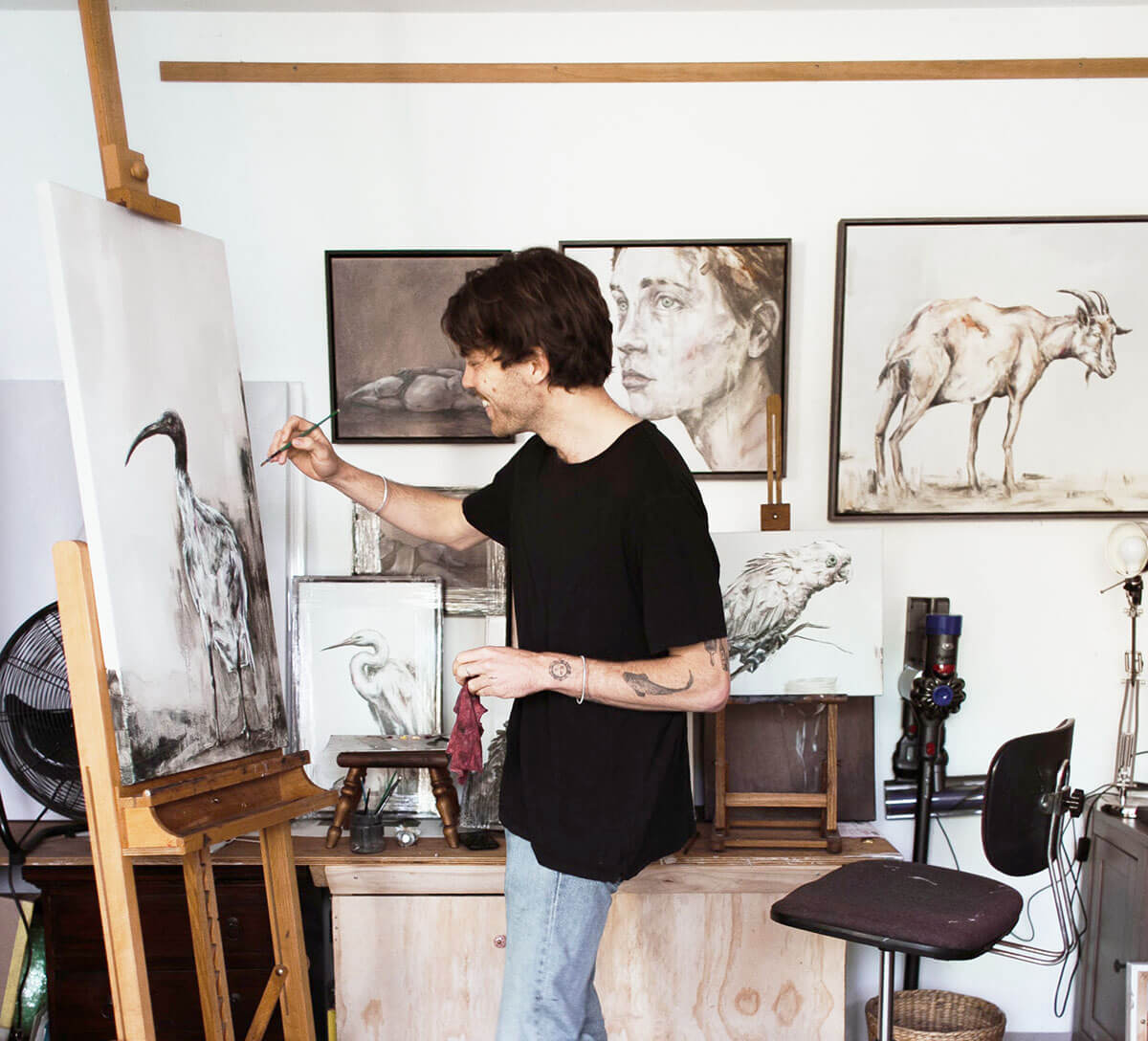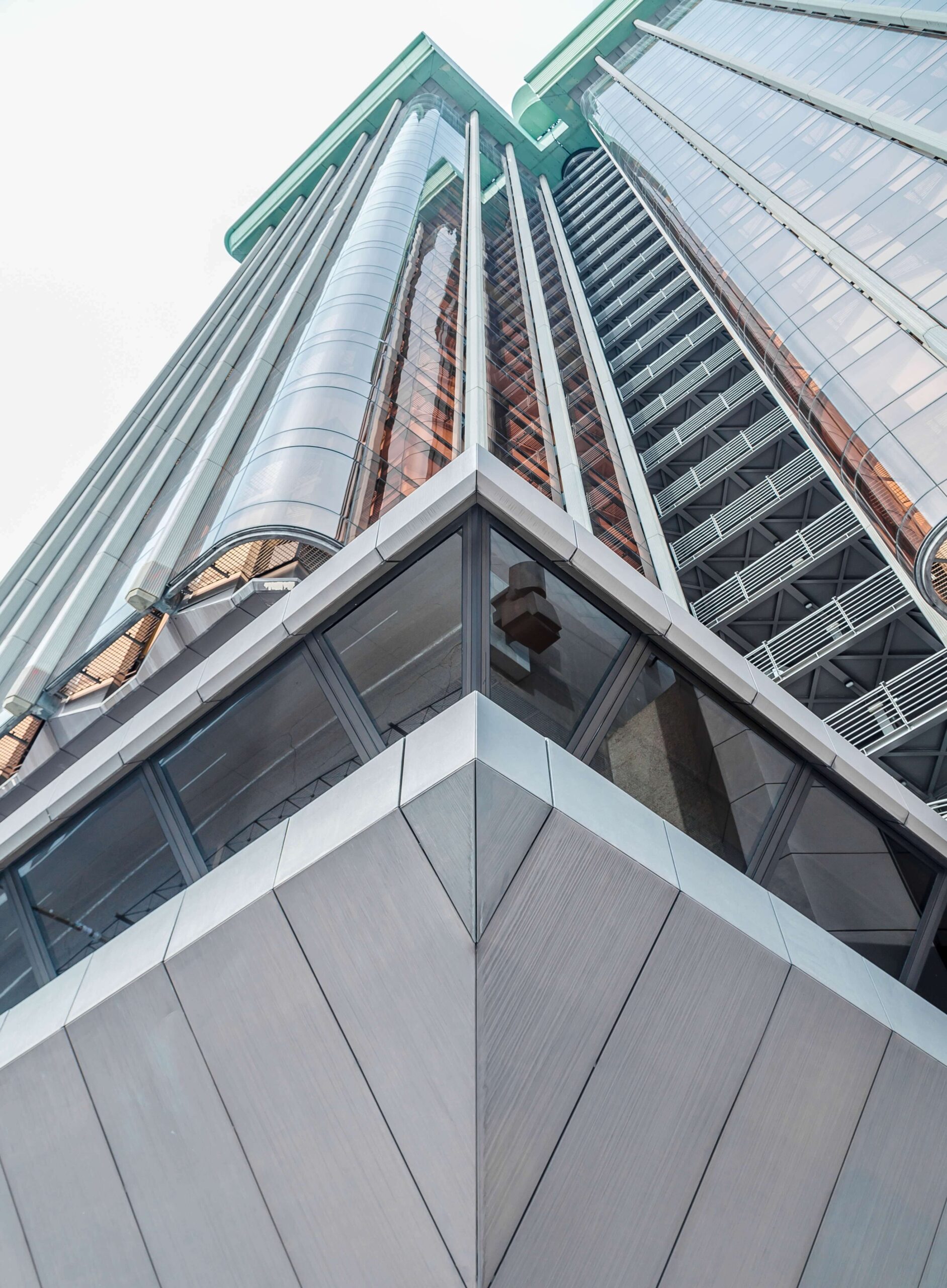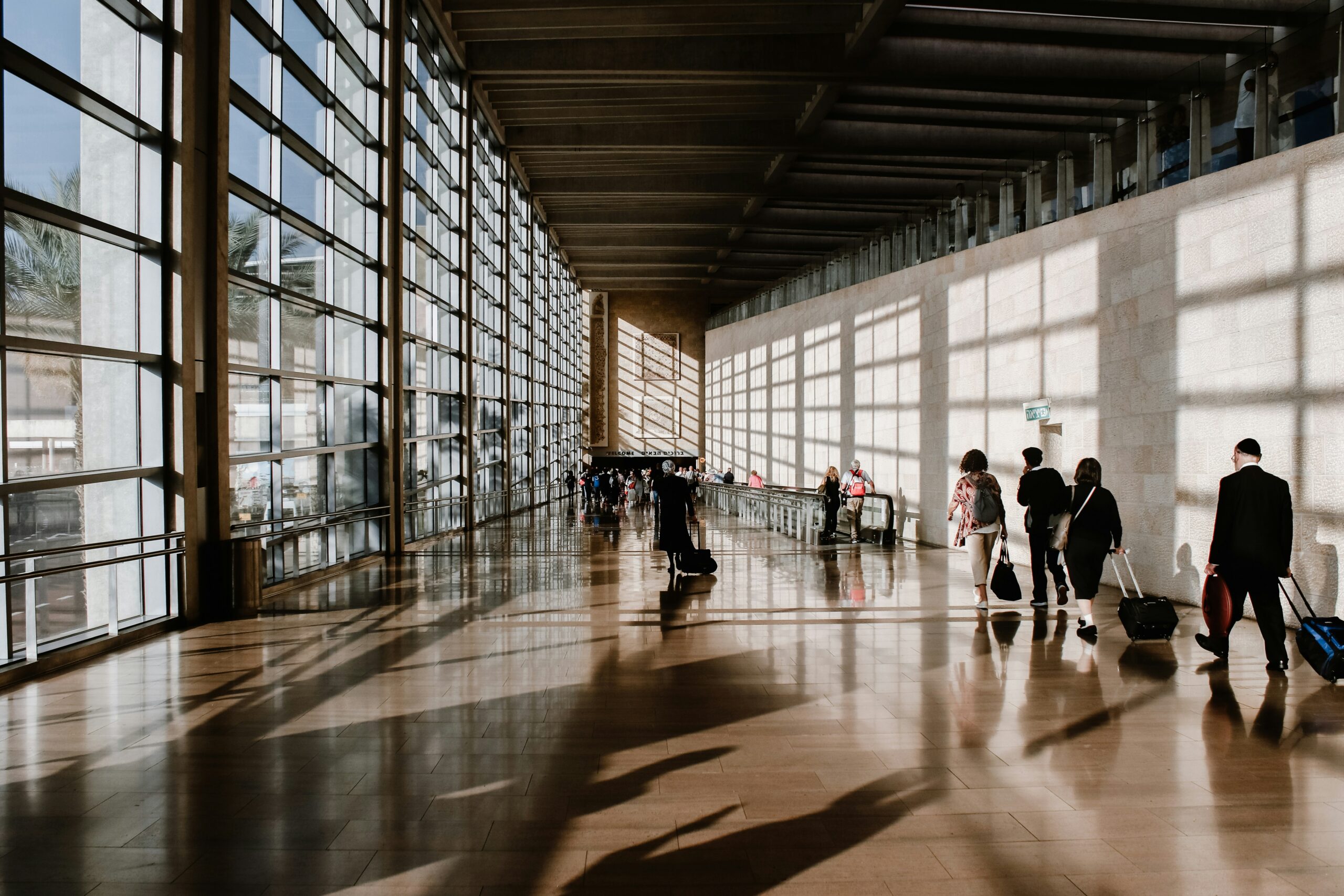:max_bytes(150000):strip_icc():format(jpeg)/TAL-mandraki-beach-resort-coast-HYDRAGREECE0625-5bb08c0560894d5cbb2aedf252282941.jpg)
Traveling to Hydra is normally a relaxing, almost soporific affair.
The tiny Greek island, only 90 minutes by ferry from Athens, has been renowned for generations as a dreamy, car-free outpost where the only traffic sound is the clip-clop of donkey hooves and the most stressful decision is which white wine to choose with dinner. But I was heading there in mid-June, when Hydra is an offbeat stop on the art-world circuit and the energy resembles that of a wild night at Art Basel Miami Beach.
Thomas Gravanis
The cultural frenzy had begun earlier that day in Athens, with brunch at the art-filled mansion of Greek collectors Dakis and Lietta Joannou. It was a lavish affair with a book bazaar, buffet, and cocktail bar spilling onto expansive, sun-dappled patios where celebrity artists like the Joannous’ friend Jeff Koons mingled with elegantly coiffed curators from Zurich, London, and Cologne.
Mid-afternoon, I joined a group of fashionable Greek artists in a convoy of taxis bound for the Athenian port of Piraeus, just in time to catch the 5:30 p.m. fast ferry across the Saronic Gulf to Hydra. Soon we were all gaping in wonder at the first glimpse of the fabled island that Henry Miller memorably described in 1939 as having a “wild and naked perfection.” He praised its “aesthetically perfect” port, where blue-and-white buildings cluster like a stadium above the harbor in “the very epitome of…flawless anarchy.”
Thomas Gravanis
No sooner had we stepped ashore than we were whisked via a five-minute boat ride to Mandraki Bay, where the gallery Wilhelmina’s has operated in a splendid 19th-century mansion since 2023. As the sun dipped below the horizon, a raucous reception began for a group show called “Magic Mirror,” which showcased 33 emerging Greek and international artists, the majority of whom were women. Wine flowed. Tables groaned with treats: plates of seafood, bowls of Greek salad, tubs of plump olives. More guests arrived by foot and boat, until the gallery was mobbed.
As the festivities wound down at midnight, Wilhelmina von Blumenthal, the gallery’s young U.K.-born director, explained that she had set up in Hydra after a trip to the island in the fall of 2022. “It was all very organic,” she said. “I came for a long weekend and stumbled across this lovely space. At the time it was covered in cobwebs and full of odds and ends, more like a storage room. I said to the owner, ‘This would make a beautiful gallery,’ and he said, ‘What a good idea!’ ”
Thomas Gravanis
Von Blumenthal’s co-curator, Greek artist Irini Karayannopoulou, was thrilled by the enthusiastic turnout for the event. “We’d planned on a hundred guests,” she mused. “It could have been 150? Maybe 250?” Von Blumenthal piped in: “It’s a good problem to have!”
There is a pleasing symmetry to this artistic resurgence on Hydra (pronounced ee-dra). The rocky speck in the Aegean has enjoyed a mythic status among travelers since the early 20th century, when it first became a hangout for bohemians such as Miller and the Greek poet George Seferis. It was rediscovered after World War II by the likes of Lawrence Durrell and two Australian writers, George Johnston and Charmian Clift, who became the anchors of a new expat community. In 1960, the 26-year-old singer-songwriter Leonard Cohen bought a house on the island, where he would live for the next seven years, part of that time with his Norwegian-born girlfriend and muse, Marianne Ihlen.
The Roloi Café, in a space near the docks that was a popular artists’ hangout, displays an array of black-and-white photos from that time. In recent decades, Hydra has maintained its magical aura, largely thanks to the absence of traffic—everyone gets around by foot, boat, or donkey—and limits on new construction.
Thomas Gravanis
When I first visited the island a few years ago, I spent a week indulging in what Clift once called “summertime, playtime, easy-living time, lotus-eating time.” I rarely strayed from the path that led 100 yards from the port’s tavernas to Hydronetta, an elegant bar perched on a cliffside. Between glasses of chilled white, I could descend steps carved into the rocks and dive directly into the waves. Later, back in New York, it was hard to believe visiting Greek friends when they told me that sleepy Hydra was actually a hot spot for contemporary art. And so last summer I set forth to explore this encounter between culture and nature on the lavishly eulogized Greek island.
After the reception at Wilhelmina’s, I didn’t have far to travel: I was staying at the new Mandraki Beach Resort, a few steps from the island’s only sandy beach. Although it offers state-of-the-art luxury, including private plunge pools, its two-century-old structures are a part of quirky Greek folklore: they were the former shipyards and naval base of a revered, semi-piratical independence hero named Admiral Andreas Miaoulis, who set sail from this cove to defeat the Ottoman Turks in 1826. (Every June, the island holds the Miaoulia Festival, a 10-day celebration that climaxes in a re-creation of the decisive naval battle of Geronda with fireworks, music, and the ceremonial burning of a boat in the harbor.) Poetically enough, Wilhelmina’s is located in Miaoulis’s former mansion.
Thomas Gravanis
Thanks to the hawklike oversight of historic edifices by Hydriot authorities, renovation of the hotel was painstaking. The manager, Arthur Fitzwilliam, who began coming to Hydra when he was a teen in the 1960s, explained that after getting the lease in 2016, he spent 18 months obtaining permits to ensure that original details were maintained. “It was a mix of architecture and archaeology,” he said. The process included replicating the chemical composition of the 18th-century mortar. “It took three months just to find the right lab and to get them to break down its six ingredients!”
The following night, Hydra’s jet-set scene was in full swing. Ripples of excitement could be felt in the port as Dakis Joannou’s mega-yacht, cheekily named Guilty, glided to the docks. It was hard to miss: Jeff Koons designed the exterior of the vessel with jagged geometric patterns, a Cubist-like effort based on the “razzle dazzle” camouflage used by the British and U.S. navies in World War I, whose aim was not to hide ships but to make their outlines confusing.
Thomas Gravanis
The entire harborfront was taken over by a street party hosted by Joannou’s Deste Foundation for Contemporary Art. At dusk, a parade of art lovers strolled east of the port to the Projectspace Slaughterhouse, another updated historic space. Since 2022, the cliffside gallery has been crowned by Koons’s gilded, 30-foot-diameter Wind Spinner, an image of Apollo, the ancient Greek god of the sun and art, with metal rays rotating around his circular face. Inside, American artist George Condo’s disturbingly grotesque portraits were on view in an exhibition called “The Mad and the Lonely.” (“Sounds like my dating life,” quipped one visitor.) Dakis, as Hydriots fondly call him, was happily working the crowd. After dark, back at the port, Deste threw a free celebration: islanders and visitors danced to live bands on a stage as wine, beer, and ouzo flowed, and souvlaki sandwiches were handed out to all and sundry.
Thomas Gravanis
By the next afternoon, the art crowd had decamped and Hydra returned to its serene summer pace, with other low-key art sites revealing themselves like sculptural rocks at low tide. For the rest of the week, using the Mandraki Beach Resort as a base, I started each day in time-honored Hydriot style—diving off the jetty, having a breakfast of fruit, Greek yogurt, and thick black coffee—then setting off on a quirky cultural excursion.
It was hard to believe visiting Greek friends when they told me that sleepy Hydra was actually a hot spot for contemporary art.
Given the strict limits on new construction on Hydra, it was perhaps unsurprising that the string of art spaces I visited were, like my hotel, all in charmingly renovated historic structures. At dusk one day, I climbed the port’s steep, cobblestoned lanes and clambered beneath stone arches to visit the Old Carpet Factory, a recording studio that doubles as a gallery in a majestic mansion with picture windows and panoramic views. The exhibition, “The Warp of Time,” featured striking contemporary tapestries by Helen Marden on the walls that echoed the century-old handwoven carpet from the island’s Soutzoglou Carpets company on the floor. “Weavings from 1924 below us, weavings from 2024 above,” mused owner Stephan Colloredo-Mansfeld, who runs the space with his Russian-born partner and curator, Ekaterina Juskowsi. “We’re surrounded by continuity.” In the courtyard, the word moonshine was projected on a wall and visitors tasted samples of tsipouro, a type of Greek brandy.
Thomas Gravanis
The next evening, I strolled another winding lane to Hydrogoios Arts & Culture, a part-time exhibition space that occupies a 240-year-old mansion. Von Blumenthal and Karayannopoulou were hosting a continuation of their “Magic Mirror” show. The two curators, who promote emerging artists, are becoming established on the island as the scrappy, bohemian counterpart to Deste.
As musicians strummed and crowds chatted around the stone cistern, Ioanna Stroumpouli, Hydrogoios’s co-owner, and Tassos Lagadianos, its caretaker, proudly showed off the building’s antique features. One room had a wooden boat hull for a ceiling, and stone arches were embedded in the entrance. The exterior walls were a fortress-like thickness; they’d been built to protect the inhabitants from pirates. But they were most excited to show me the herb garden. “These are our smelling herbs,” Stroumpouli said, grinding up tiny fresh leaves and putting them to my nose. “Oregano. Rosemary. And this one is very salty—I don’t even know its name in Greek!”
Thomas Gravanis
There were happy accidents. While visiting the waterfront Historical Archives Museum of Hydra, I stumbled into the Hydra Book Club. This bookstore and community center, run by American expat Josh Hickey, is devoted to the island’s rich literary and artistic tradition and has a strikingly designed namesake magazine. Other spaces I heard about through word of mouth. For 25 years, the artist Dimitrios Antonitsis has curated shows in spaces around the island as part of the Hydra School Projects, I was informed, including “the old schoolhouse.”
He doesn’t promote himself on a website or social media, but I managed to find him in the Lyceum, or “new schoolhouse,” a string of empty classrooms where he was presiding over a fascinating group show that included an astonishing collection of surreal gold jewelry made by cult British artist Leonora Carrington in 2008. (A more permanent jewelry exhibit is artist Elena Votsi’s boutique in the port town; she creates necklaces that play with the traditional evil-eye charm, abstract versions of the sun and mountains, and bronze images of island donkeys.)
Thomas Gravanis
Everyone at the art spaces was so amiable and open that most nights I would somehow find myself invited to sunset cocktails at Hydronetta or the Windmill Bar, where tables and chairs were set around a medieval stone turret. (The landmark is also known as the “Sophia Loren windmill,” as it was featured in her 1957 film Boy on a Dolphin.) A group dinner would be held at the eatery referred to as “the chicken lady,” or beneath the gnarled olive tree at Xeri Elia Douskos café, the setting for a famous photograph of Cohen strumming a guitar next to Clift. The festivities would continue at the tiny square fronting 1821 Hydra, a cocktail bar that sits at the center of a concentration of nightspots jokingly referred to as the Bermuda Triangle: “You enter and somehow get lost,” German-born art curator Katharina Bosch, who spends her summers on Hydra, warned me. “You look at your watch and realize it’s 3 a.m.”
And every night, I would either stroll around the coast along a footpath lit by the moon and stars, or take a boat across glassy waters, back to Mandraki.
Islands can feel like self-contained worlds. I knew that small ferries regularly left from the main port to other corners of Hydra, but in the summer heat they seemed like impossibly far-flung provinces. Then, on my last day, I was persuaded to take an expedition with one of the artists I had met at Wilhelmina’s, Lindsey Calla, who was raised in New Jersey and visited Hydra regularly before moving there full-time in 2023. I had admired two of her images at the gallery, which looked like abstract paintings but were actually photographs of Hydra’s wild coast. Calla offered to show me where they were taken.
Thomas Gravanis
We boarded a vessel hardly bigger than a fishing boat that took us 15 minutes west to the village of Vlichos, then followed a coastal trail and scrambled down a cliffside to a pebbly cove. I suddenly recognized the colors of earth and sea and the foam of the waves from her artworks. “This is the essence of Hydra,” Calla told me. “The ancient, blood-red cliffs; the wine-dark sea of Homer; the foam of the crashing surf.”
Afterward, we clambered back up the cliff to Tassia’s Tavern, at the Four Seasons Hydra—which, in charming Greek fashion, is a small beachfront inn entirely unrelated to the international luxury chain—and had a lunch of grilled sardines, feta salad, and ice-cold retsina, white wine with a hint of pine flavor. I like to think that the island hedonists of the past, Henry Miller and Charmian Clift—not to mention the venerated bard of Hydra, Leonard Cohen—would have approved.
A version of this story first appeared in the June 2025 issue of Travel + Leisure under the headline “Muse of the Mediterranean.”

:max_bytes(150000):strip_icc():format(jpeg)/TAL-mandraki-beach-resort-coast-HYDRAGREECE0625-5bb08c0560894d5cbb2aedf252282941.jpg?w=872&resize=872,547&ssl=1)






